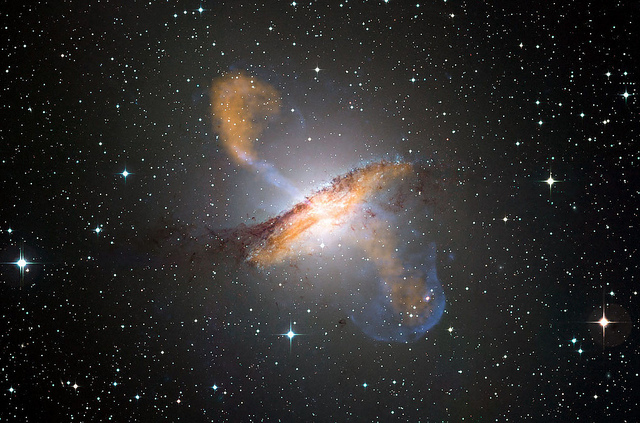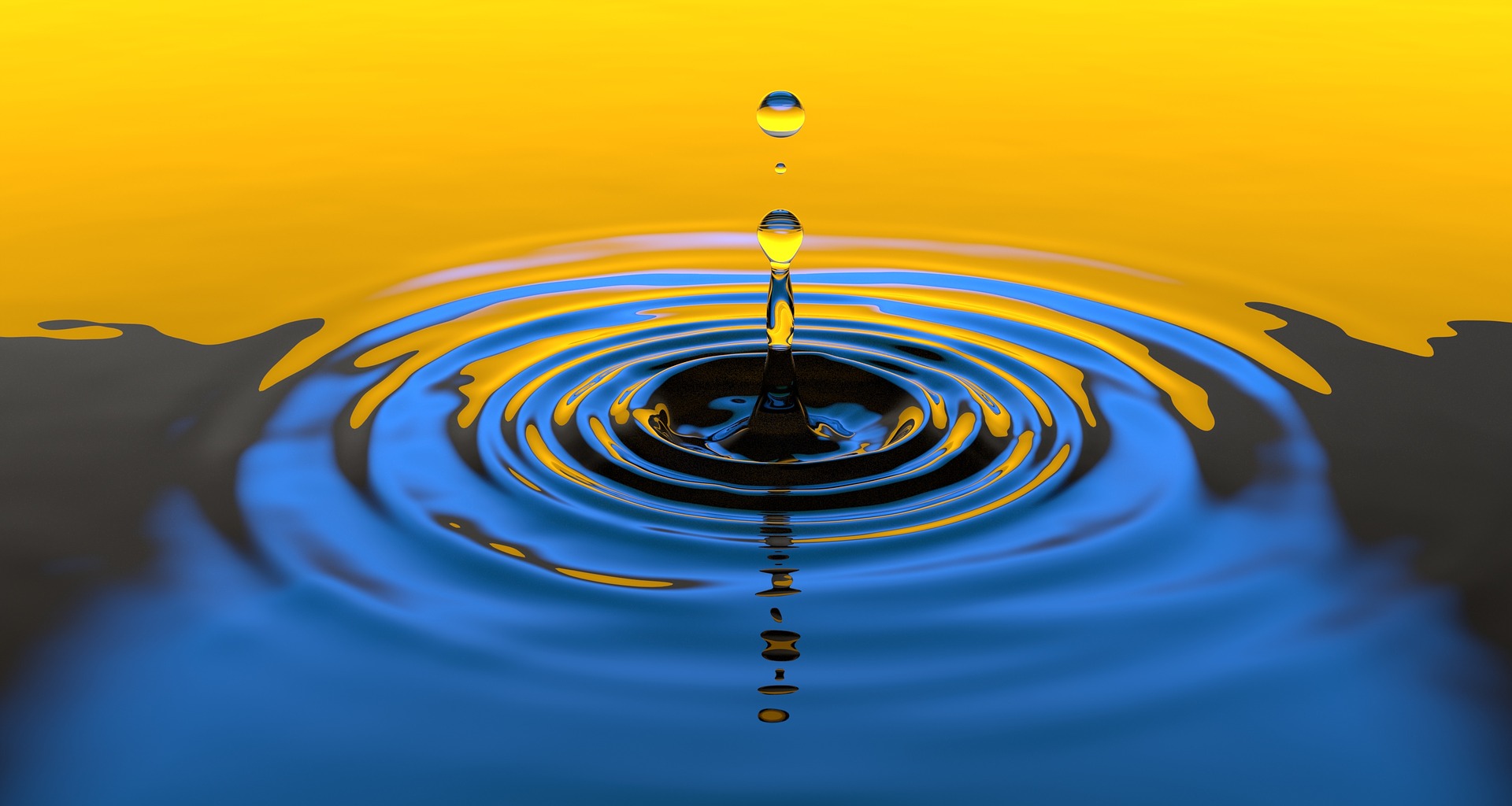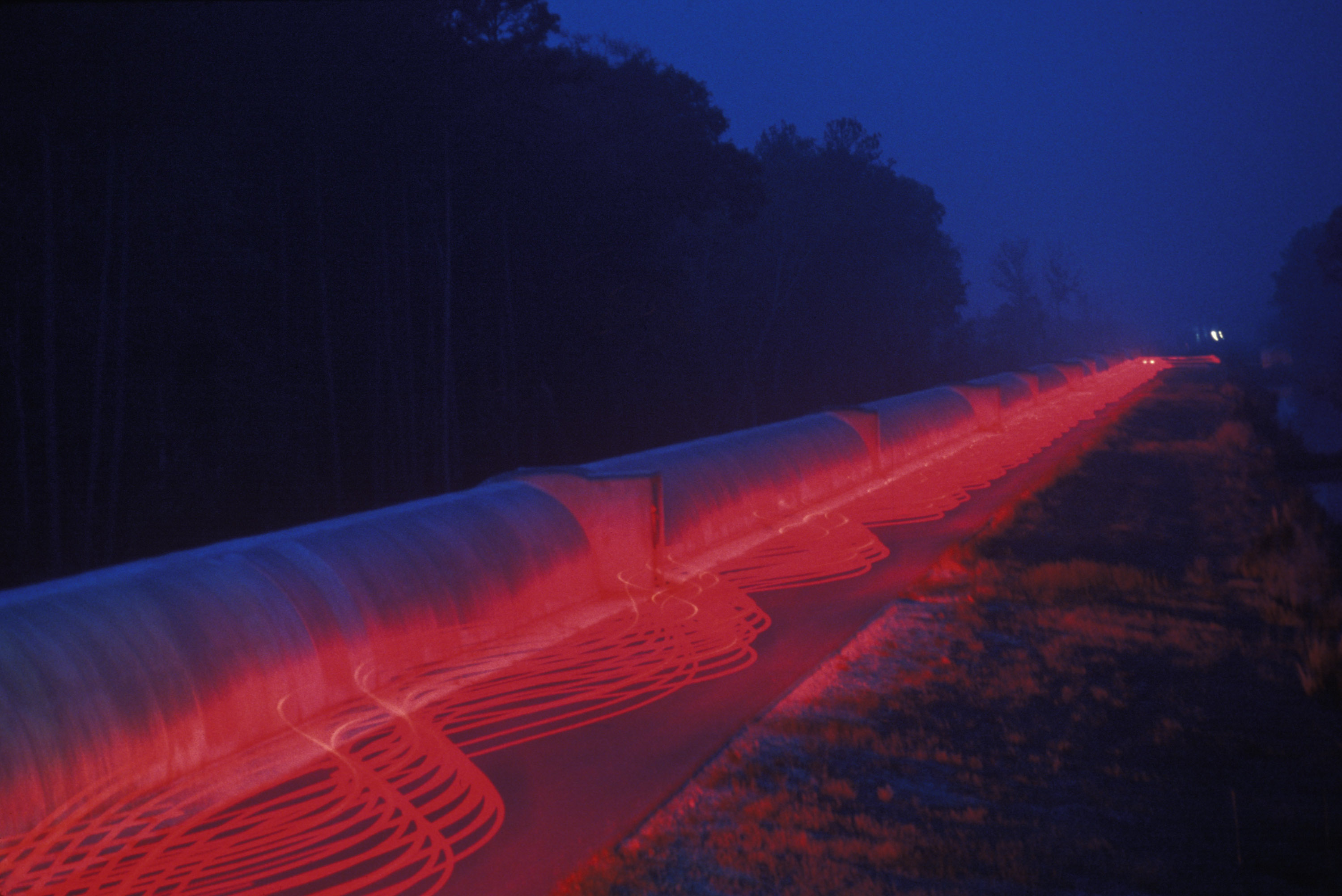
Sciences & Technology
Revealed: The billion-year soundbite

Scientists have just confirmed that their third observation of gravitational waves was a success. But what are gravitational waves? And why are astronomers jumping up and down with excitement?
Published 2 June 2017
If we think of spacetime as a massive pond, gravitational waves are the ripples that move across it when a stone is thrown in.
However, it does have to be a very large stone; such as a collision between two black holes, for astronomers to be able to detect the waves. In 2015, research confirmed their first ever detection, and now, for a third time, they have been recorded again.

PhD student Ms Ling Sun and Professor Andrew Melatos from the University of Melbourne’s School of Physics are part of the international discovery team and members of the Australian Research Council Centre of Excellence for Gravitational Wave (OzGrav).
“Gravitational waves are invisible and move very fast, at the speed of light, away from the source of energy that created them,” says Ms Sun.
“We describe the universe as having four dimensions. The three dimensions of space and one dimension of time. But unlike a calm pond, spacetime is actually dynamic and so can stretch, curve and bend in response to mass and energy in the universe.”
By measuring this stretching and contracting of space and time, scientists are able to detect gravitational waves rippling out from a collision of binary black holes over a billion years ago. But the universe is so large that the waves only made it to Earth in 2015.
Albert Einstein predicted gravitational waves as part of his theory of general relativity more than 100 years ago, but it has taken astrophysicists more than 50 years of trial and error to find the direct evidence to support his theory.
They did this by creating a new detection system to ‘listen’ to the universe called the Laser Interferometer Gravitational-wave Observatory (LIGO).

Sciences & Technology
Revealed: The billion-year soundbite
LIGO detects the squeezing and stretching of spacetime that occurs when a gravitational wave passes Earth, Ms Sun explains.
Each LIGO observatory has two ‘arms’ that are each more than 2 miles or 4 kilometres long, she says.
“A passing gravitational wave causes the length of the arms to change slightly and LIGO uses lasers, mirrors, and extremely sensitive instruments to detect these tiny changes.”
“As was the case with the first two detections, the waves detected in our new paper were generated when two black holes merged to form a larger black hole. In the latest merger, the final black hole was some 50 times the mass of our Sun.”
The recent detection, called GW170104, is the farthest yet, with the black holes located about three billion light-years away. Ms Sun says when the ripples passed the LIGO detector they made it vibrate by just one attometer, or 0.000000000000000001 metres.
‘The universe has been generating all this gravitational radiation, but we’ve been completely unable to perceive it until now.”
The discovery of gravitational waves has created a whole new way of studying the universe.
Scientists will now be able to delve deeper back into time and peer inside some of the biggest objects in the universe, such as the earliest moments after the Big Bang, Ms Sun says.

‘The history of the Big Bang and its immediate aftermath is shrouded in mystery because the universe then was too dense to transmit light,” she adds.
“But unlike light, gravitational waves are neither scattered nor absorbed so we will now be able to look into the centre of black holes and super-energetic neutron stars for the first time.”
She notes that in the 1880s no one could ever have predicted that the discovery of radio waves could lead to mobile phones.
“It is inevitable that gravitational waves will be harnessed to create undreamt of new technologies.”
Banner Image: Jets and radio-emitting lobes emanating from Centaurus A’s central black hole. Picture: ESO/WFI